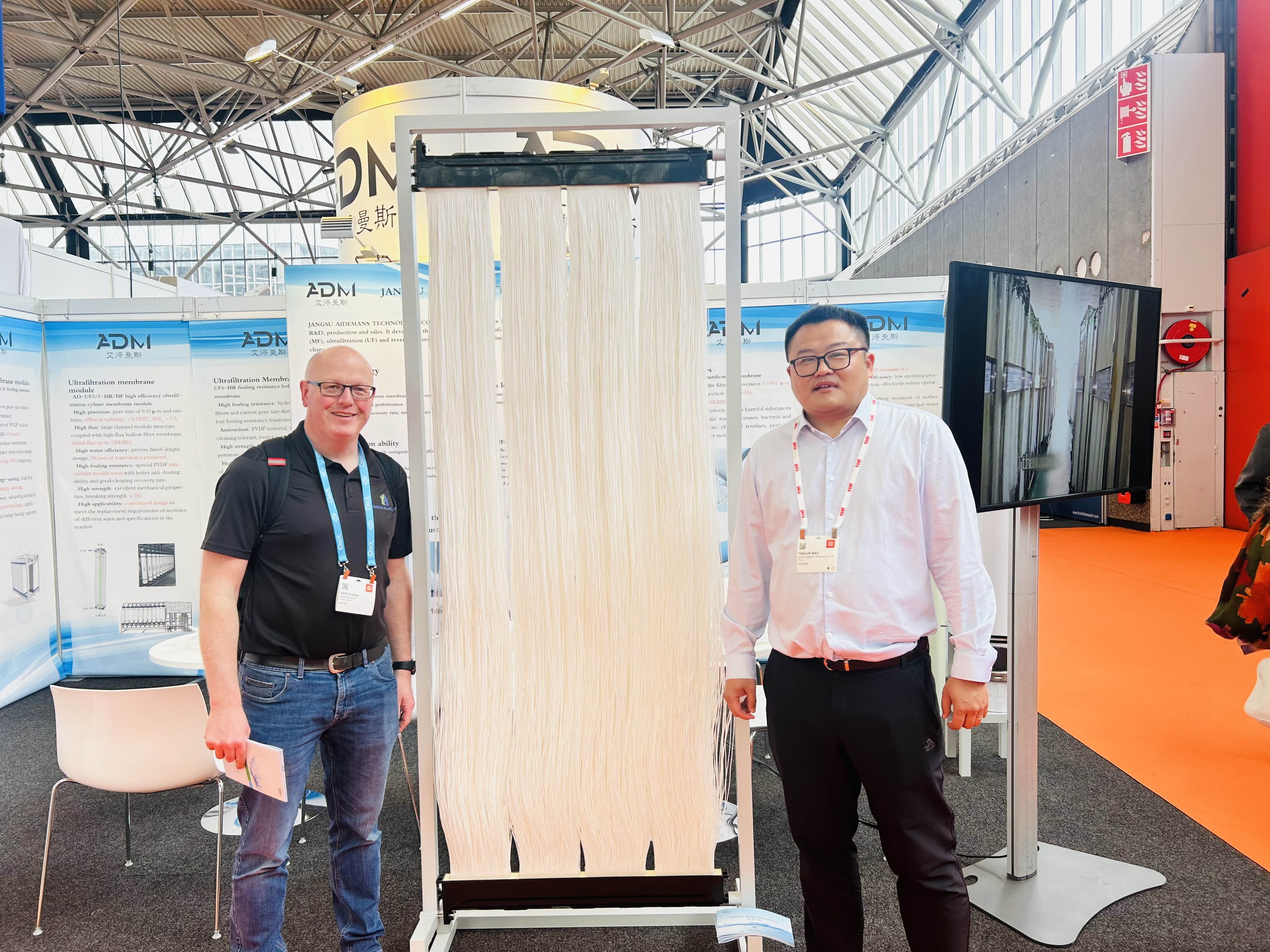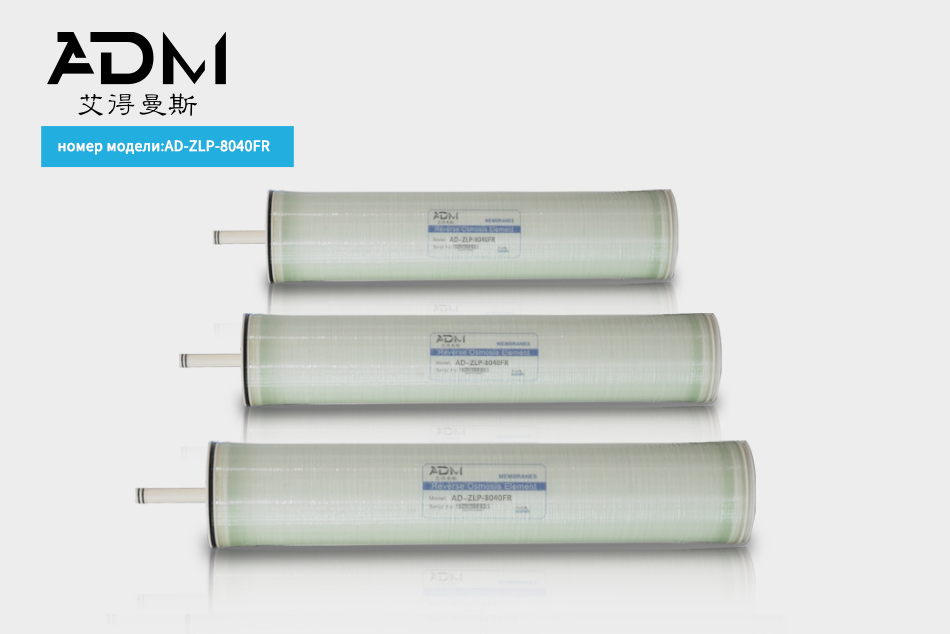Understanding Zero Liquid Discharge Reverse Osmosis: A Sustainable Solution for Industrial Water Treatment
Release time:
2025-10-06
Zero Liquid Discharge (ZLD) Reverse Osmosis is a cutting-edge water treatment method designed to efficiently purify water while ensuring that no liquid waste is discharged into the environment. This innovative approach is becoming increasingly vital across various industrial sectors, where water scarcity and regulatory pressures to reduce water pollution are prominent concerns. At the core of ZLD
Zero Liquid Discharge (ZLD) Reverse Osmosis is a cutting-edge water treatment method designed to efficiently purify water while ensuring that no liquid waste is discharged into the environment. This innovative approach is becoming increasingly vital across various industrial sectors, where water scarcity and regulatory pressures to reduce water pollution are prominent concerns.
At the core of ZLD Reverse Osmosis is the principle of separating water from dissolved solids and contaminants. The process begins with traditional reverse osmosis, where water is forced through a semi-permeable membrane. This membrane allows water molecules to pass while blocking larger particles such as salts and other contaminants. The result is high-quality purified water, suitable for reuse in various applications.
What sets ZLD Reverse Osmosis apart is its ability to recover not just the water but also valuable resources from the waste stream. By employing additional treatment processes, industries can minimize liquid waste to nearly zero, thus adhering to stringent environmental regulations. This results in a closed-loop system where water is continually recycled and reused, leading to significant water conservation and cost savings in the long run.
Implementing ZLD Reverse Osmosis systems offers several advantages. Firstly, industries can significantly reduce their water footprint, which is crucial in areas facing water scarcity. Secondly, by minimizing waste discharge, businesses can avoid hefty fines associated with environmental regulations. Moreover, the recovery of valuable materials from wastewater can enhance profitability, turning potential waste into a resource.
It's important to note that while ZLD Reverse Osmosis presents many benefits, it requires a thorough understanding of the specific industrial needs and conditions. Factors such as the type of feedwater, desired water quality, and operational costs play a significant role in designing an effective ZLD system. Therefore, engaging with knowledgeable professionals in the field is essential for optimizing the system's performance and achieving the best results.
In conclusion, Zero Liquid Discharge Reverse Osmosis represents a transformative approach to industrial water treatment. By effectively purifying water and minimizing liquid waste, this technology not only supports compliance with environmental standards but also contributes to sustainable practices. As industries move towards more responsible water management, ZLD Reverse Osmosis stands out as a crucial solution for preserving our planet's vital water resources while ensuring operational efficiency and economic viability.
At the core of ZLD Reverse Osmosis is the principle of separating water from dissolved solids and contaminants. The process begins with traditional reverse osmosis, where water is forced through a semi-permeable membrane. This membrane allows water molecules to pass while blocking larger particles such as salts and other contaminants. The result is high-quality purified water, suitable for reuse in various applications.
What sets ZLD Reverse Osmosis apart is its ability to recover not just the water but also valuable resources from the waste stream. By employing additional treatment processes, industries can minimize liquid waste to nearly zero, thus adhering to stringent environmental regulations. This results in a closed-loop system where water is continually recycled and reused, leading to significant water conservation and cost savings in the long run.
Implementing ZLD Reverse Osmosis systems offers several advantages. Firstly, industries can significantly reduce their water footprint, which is crucial in areas facing water scarcity. Secondly, by minimizing waste discharge, businesses can avoid hefty fines associated with environmental regulations. Moreover, the recovery of valuable materials from wastewater can enhance profitability, turning potential waste into a resource.
It's important to note that while ZLD Reverse Osmosis presents many benefits, it requires a thorough understanding of the specific industrial needs and conditions. Factors such as the type of feedwater, desired water quality, and operational costs play a significant role in designing an effective ZLD system. Therefore, engaging with knowledgeable professionals in the field is essential for optimizing the system's performance and achieving the best results.
In conclusion, Zero Liquid Discharge Reverse Osmosis represents a transformative approach to industrial water treatment. By effectively purifying water and minimizing liquid waste, this technology not only supports compliance with environmental standards but also contributes to sustainable practices. As industries move towards more responsible water management, ZLD Reverse Osmosis stands out as a crucial solution for preserving our planet's vital water resources while ensuring operational efficiency and economic viability.
Previous Page:
Related Content


